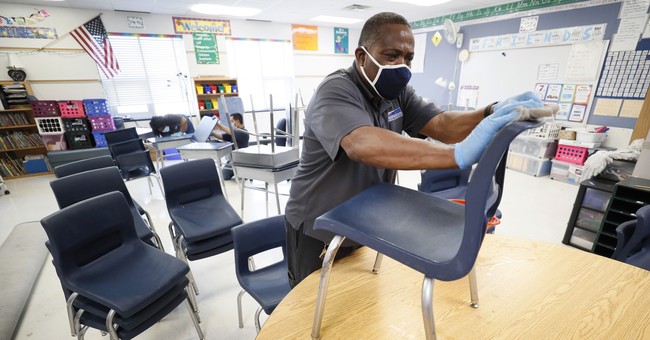
School districts and states have begun making their decisions on the upcoming school year and addressing the COVID-19 crisis as their communities continue, in some areas, to be ravaged by the virus. Whether it’s going all virtual, having every student report, or some sort of hybrid model, each comes with risks that have to be properly vetted.
As a teacher, I am likewise very interested in what my district will ultimately end up doing — there is a plan out now, but it is subject to change dependent on the facts on the ground — and I have been talking with local school board members and my colleagues about our options and getting general feedback from them while I try to form my own opinion. At this point, I am more convinced that students have to go to school in some form or another when the fall term is supposed to start.
A few days ago, I mentioned that National Review’s Jim Geraghty brought some great insight on the issue that is definitely worth noting.
Unless you’re old enough to have survived the 1918 pandemic, our kids are going through something completely different from anything we ever experienced. Everyone who studies mental health in children is sounding the alarm; it’s not just the fear, stress, and anxiety, it’s the isolation. To the extent we can get kids safely interacting with each other again — making each other laugh again — we need to do that. We cannot allow our kids to pay the price for grownups’ ideological differences or fears of lawsuits. Yes, any reopening of schools will involve some element of risk. Our job as responsible grownups is to figure out how to mitigate those risks, not to throw up our hands and tell kids to turn into hikikomori shut-ins until there’s a vaccine.
My reader who is the head of research for a top-ten hospital in this country weighed in, noting that he’s “seeing way too much overreaction and panic about the fast-approaching school year.”
The pros of sending students back — psychological, emotional, and social needs being met, students without Internet access and computers having an equal shot at success, and low-income students getting meals they might otherwise have to miss — outweigh the cons, in my opinion. While many teachers see themselves being treated as “expendable” (and I can promise you that there is a certain amount of neglect when it comes to considering teachers), the job is still about ensuring the success of students, and I think we do need to approach education from that angle.
Granted, I am fully aware that I will be more exposed to the virus in a hybrid model that alternates days, it also gives us a chance to better monitor the students for symptoms and limit the exposure of large groups of people to those who might be sick. Contact tracing is made easier when you’re only dealing with half the people at a time, after all.
The hybrid models that I’ve seen many districts consider and implement are indicative that one of the most important ideas in government is winning: compromise. We are taking the data, we are seeing the pros and cons of each extreme (in this case, all face-to-face and all virtual) and blending the two in a way that benefits the most people possible. These plans are not perfect — I have complaints regarding my district’s plan, including the fact that I believe all K-5 students need to be in class every day because there is simply not enough childcare in the world to cover those kids who can’t stay home by themselves — but they are a good start at trying to solve the problem.
There was never a perfect solution to this situation, either. Every plan will have problems and every plan will have to adjust based on the new facts about the virus rolling in. The facts we have now are not the same facts we had in February. In fact, there are few facts from June 17 that are the same on July 17. The information we are getting has changed probably between the time I started writing this column to the time it publishes. Our schools have to be very reflective of this.
The situation needs to be fluid here, and in many cases, it is clear that districts are working to make it that way. Kudos to them, but we have to make sure we keep the focus where it needs to be: the education and social needs of our students and the health and safety of everyone. It’s a balancing act, but it is doable.
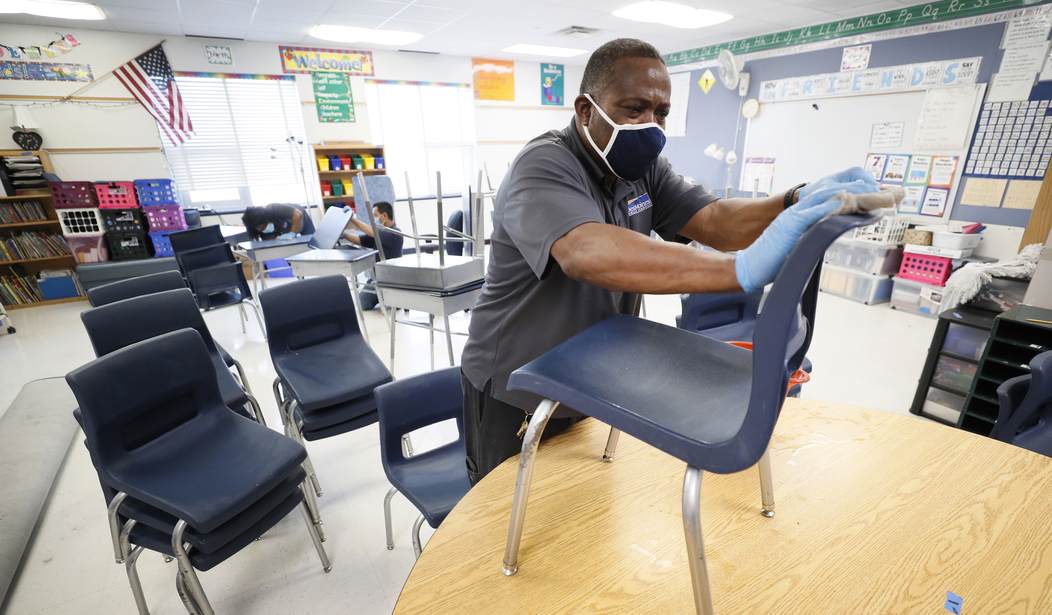
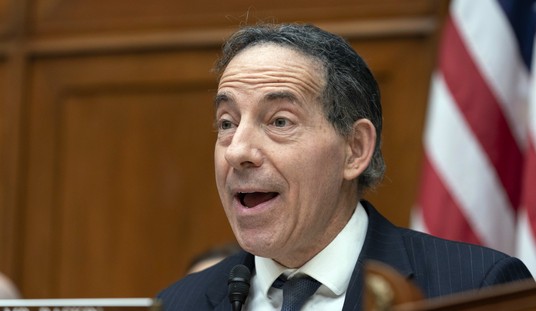
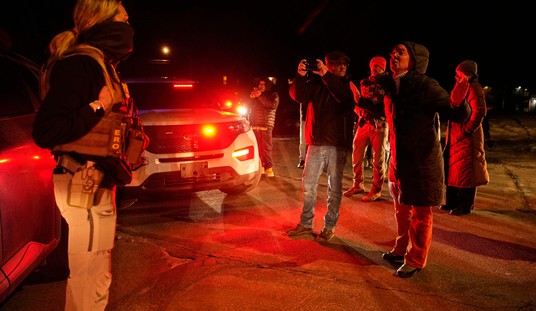



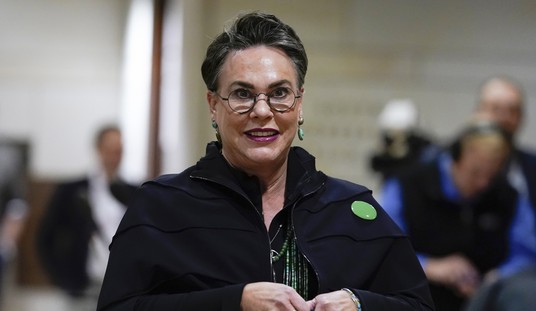


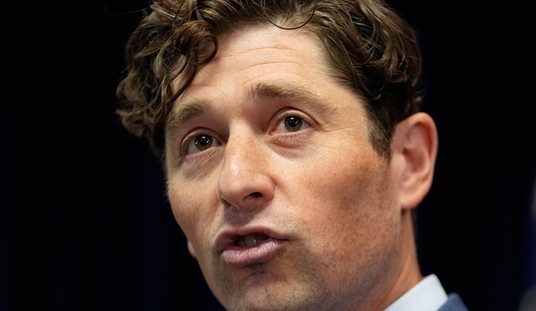
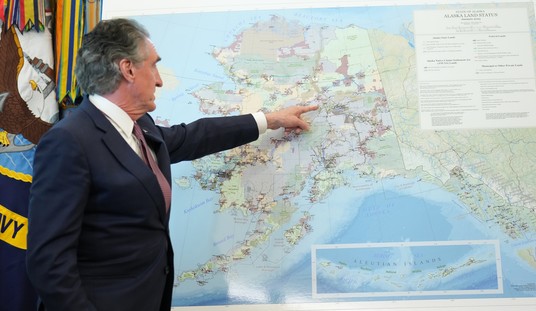


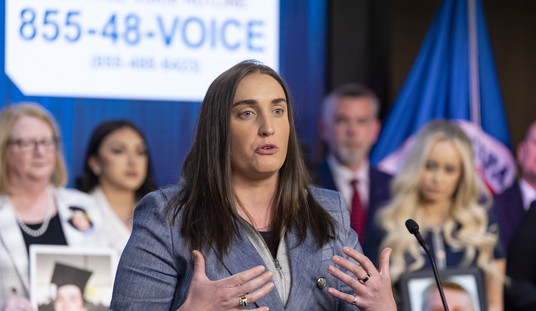
Join the conversation as a VIP Member